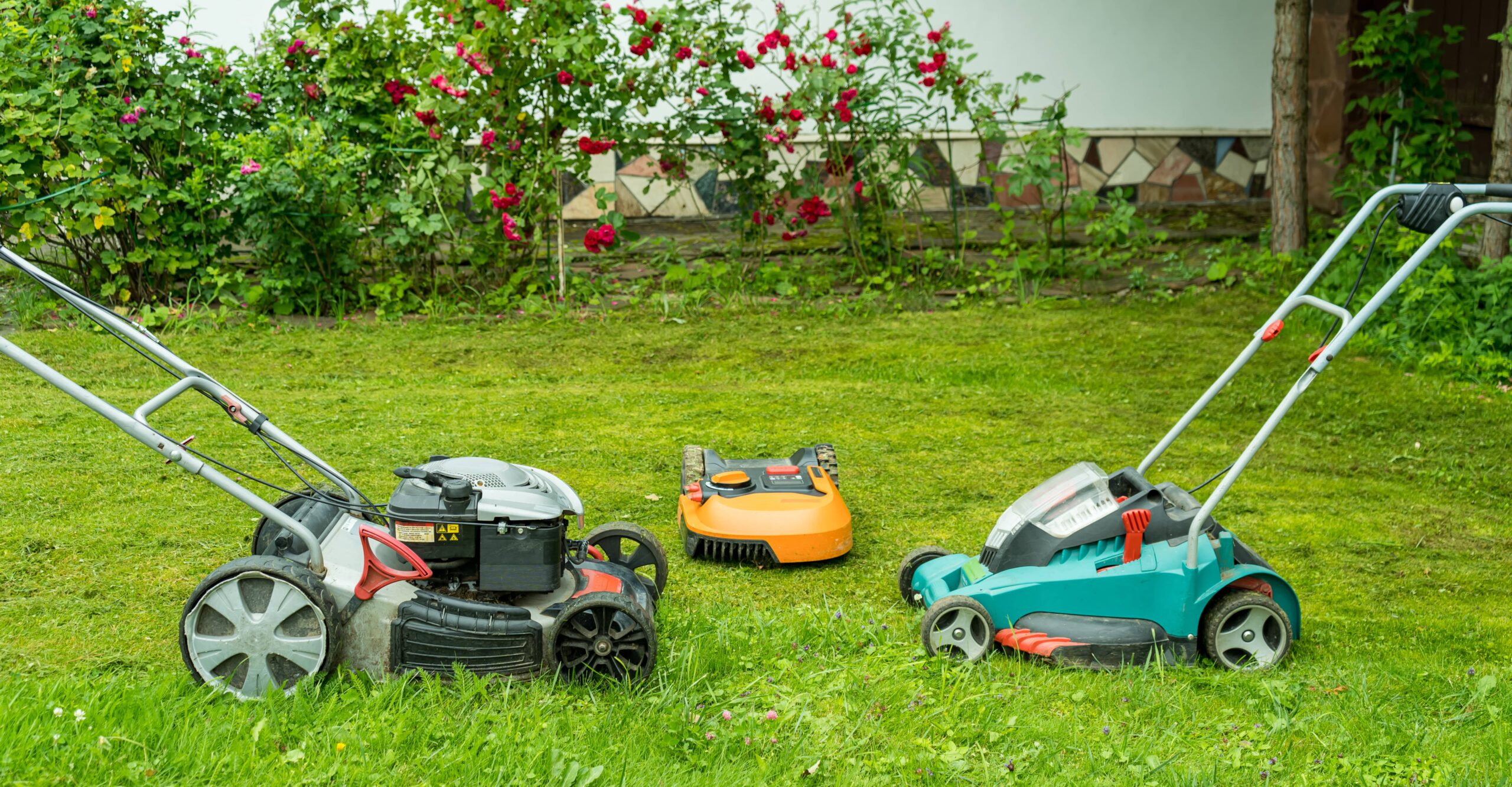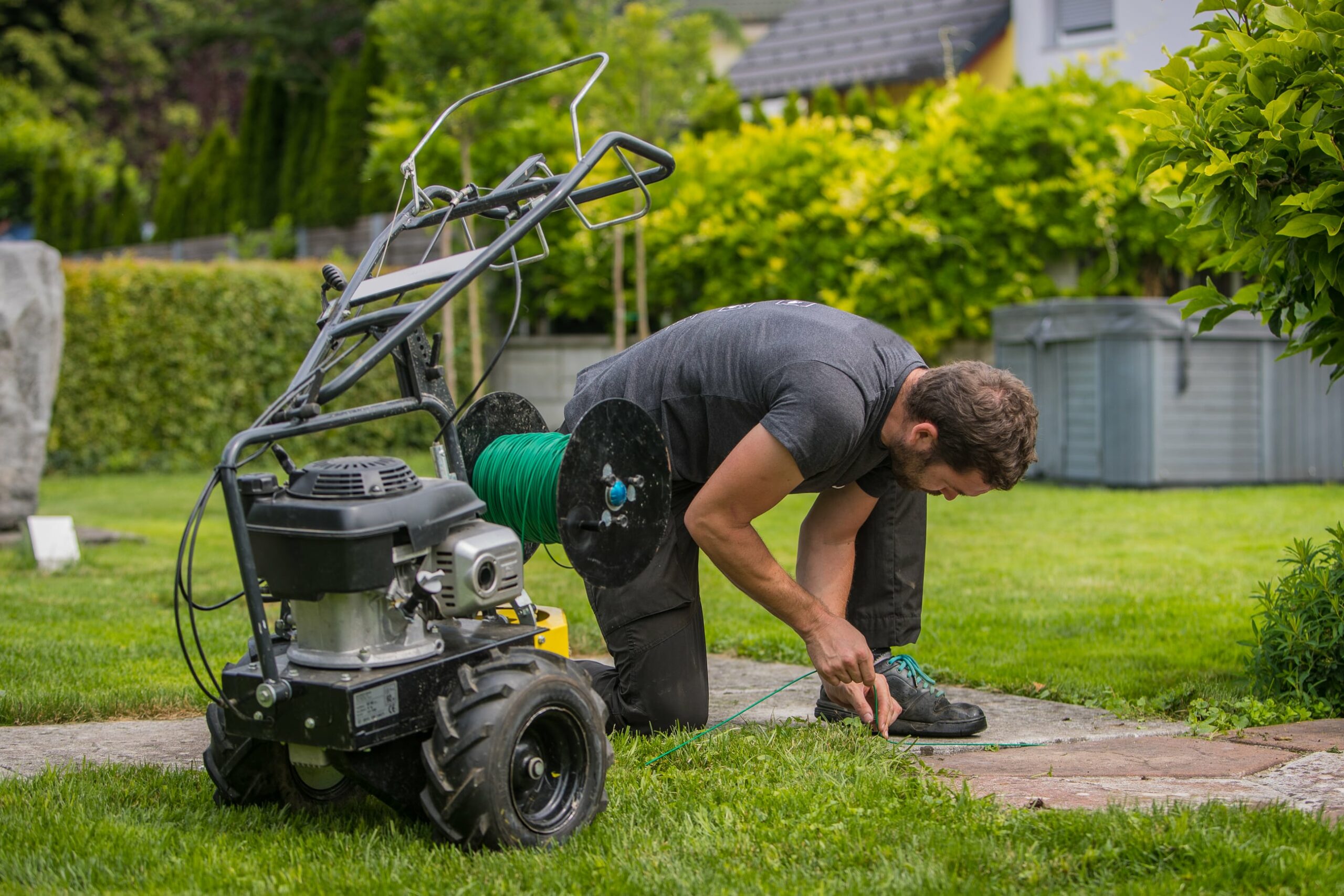From the best robotic mowers to streamline your lawn mowing, to the ideal time of year to plant, prune, trim, and manicure.
When is the Best Time to Lay Turf?
When is the Best Time to Lay Turf?
With over 20 years of experience in the groundskeeping and outdoor maintenance industry, we know our stuff.
The best time of year to lay turf depends largely on the conditions and how well the roots can establish within the ground. Of course, while outdoor spaces and both commercial and domestic gardens grow increasingly complex with exotic plants and non-native trees, the demand for a tidy and well-manicured lawn remains one of the most coveted services among outdoor contractors and groundskeepers.
In this article, we’re focussing on one particular solution which has become increasingly popular amid the rise in demand for an overnight solution to a bland and unkempt outdoor setting: turf.
The benefits of turf and why it has become so popular
The main benefit of turf is that it provides instant access to a luscious green lawn, without the need to settle for artificial grass. Made and constructed from authentic grass, a turf lawn is rolled out and set in place atop a prepared base layer – with proper care and maintenance enabling the turf to establish itself and become a healthy and aesthetically pleasing addition to your outside space.
For many commercial and domestic property owners, turf is the ideal solution for elevating the curb appeal of their site virtually overnight. For homeowners, this can elevate the value and status of a property on the market, while for commercial business owners it can have a huge impact on the first impression presented to clients and customers alike.
However, while turf presents a range of benefits, one thing that all outdoor contractors and groundskeeping teams in particular need to consider is the importance of care and maintenance to keep their turf in good condition. This starts with the time of year that the turf is laid.
The best time of year to lay turf
While it could be argued that turf can be successfully laid at any time of year, the truth is that winter is often too cold with any hint of frost impacting the root’s ability to penetrate the ground. Waterlogged earth is often too unstable to support the growth of the roots and dry ground is near impossible to work with.
So which statement is more accurate? Is it true that turf can be laid at any time, or is the reality that turf is more sensitive than many like to believe – meaning that it requires specific conditions that only occur at sporadic points of the year?
Well, here at GroundTech we believe that the best time to lay turf is during the spring or autumn months, when the ground remains malleable and workable but not so wet that the roots become waterlogged. But in order for your turf to successfully establish itself within the grounds of your property, you need to prepare the site and exercise the proper care and maintenance in the long run – with the following advice all helping to ensure that your turf is a good investment.
Caring for and maintaining your turf lawn
Before we move into the maintenance after installation, it’s first important to prepare the site for your turf. This involves removing weeds, digging the site over to loosen the ground, and laying some organic matter to act as a form of fertiliser. Once the ground is level, the turf can be laid – baring in mind that most delivered turf is very dry and will need plenty of water added as quickly as possible upon delivery.
The first few days after installation, you should keep off your turf in order for it to settle – taking care to water it adequately while keeping an eye on the weather to ensure that you are not overwatering it. This is where you will need to make a judgement call if attempting a turf DIY installation, or where your team of groundskeepers will adjust the watering cycle depending on the weather.
Finally, avoid mowing your turf for as long as possible after installation, and when you do decide it needs some maintenance and manicuring, consider the benefits of robotic mowers which deliver a precise cut without impacting or damaging the surface or the soil.
For more advice like this and to browse our collection of robotic mowers suitable for turf, get in touch.
 Recent Articles
Recent Articles
Electric Lawn Mower vs. Robotic Lawn Mower: Choosing the Right Power Source for Your Lawn Mower
How much time do you spend mowing your lawn during the spring and summer seasons?
Depending on how large your garden or outside space is, the task of mowing the lawn can be incredibly time-consuming – leaving you a smaller window in which to explore more creative ventures throughout your garden.
How to Prepare a Garden for a Robotic Lawn Mower: Tips and Requirements
There are countless reasons why you might decide to invest in a robotic lawn mower. Designed to optimise efficiency, enabling you to funnel resources into more important and creative ventures across your grounds maintenance checklist, a robotic mower takes on the brunt of lawn care and presentation.
Get in touch with us today and access our broad portfolio of knowledge, expertise, and experience.
We also offer no-obligation consultations and can provide comprehensive demonstrations on how best to optimise the operation of any robotics.


